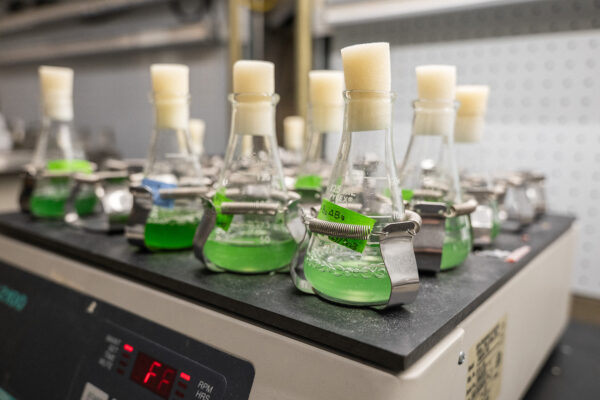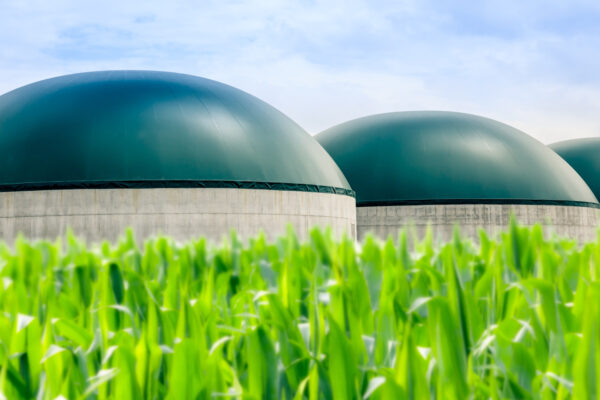Most organisms on this planet rely on an internal circadian clock to function properly. New research published by biologists at Washington University in St. Louis investigates the function of the clock in nitrogen-fixing cyanobacteria: microbes that exhibit unique metabolic traits but that have been difficult to pin down because of their genetic complexity.

Cyanobacteria have been around for billions of years. They played a large role in changing the Earth’s environment from oxygen-free to oxygen-rich. These organisms are “of immense importance in the global carbon and nitrogen cycle,” according to Himadri Pakrasi, a George William and Irene Koechig Freiberg Professor in biology in Arts & Sciences.
Up until now, researchers have been unable to dissect the clock function in cyanobacteria. But a new study from the Pakrasi lab published in May in Nature Communications uses a particular nitrogen-fixing bacterium, Cyanothece 51142, that can be genetically manipulated to study the effects of circadian cycles.
The researchers’ findings reveal how internal clocks in cyanobacteria help them separate the seemingly conflicting processes of photosynthesis — a process that requires sunlight and produces oxygen — from nitrogen fixation, which needs an environment without oxygen.
“Photosynthesis and nitrogen fixation are two fundamental bioenergetic processes that are crucial for the sustenance of life on this planet,” Pakrasi said. “These pioneering findings have certainly paved the way for further research in this direction.”
Read more on the Department of Biology website.


